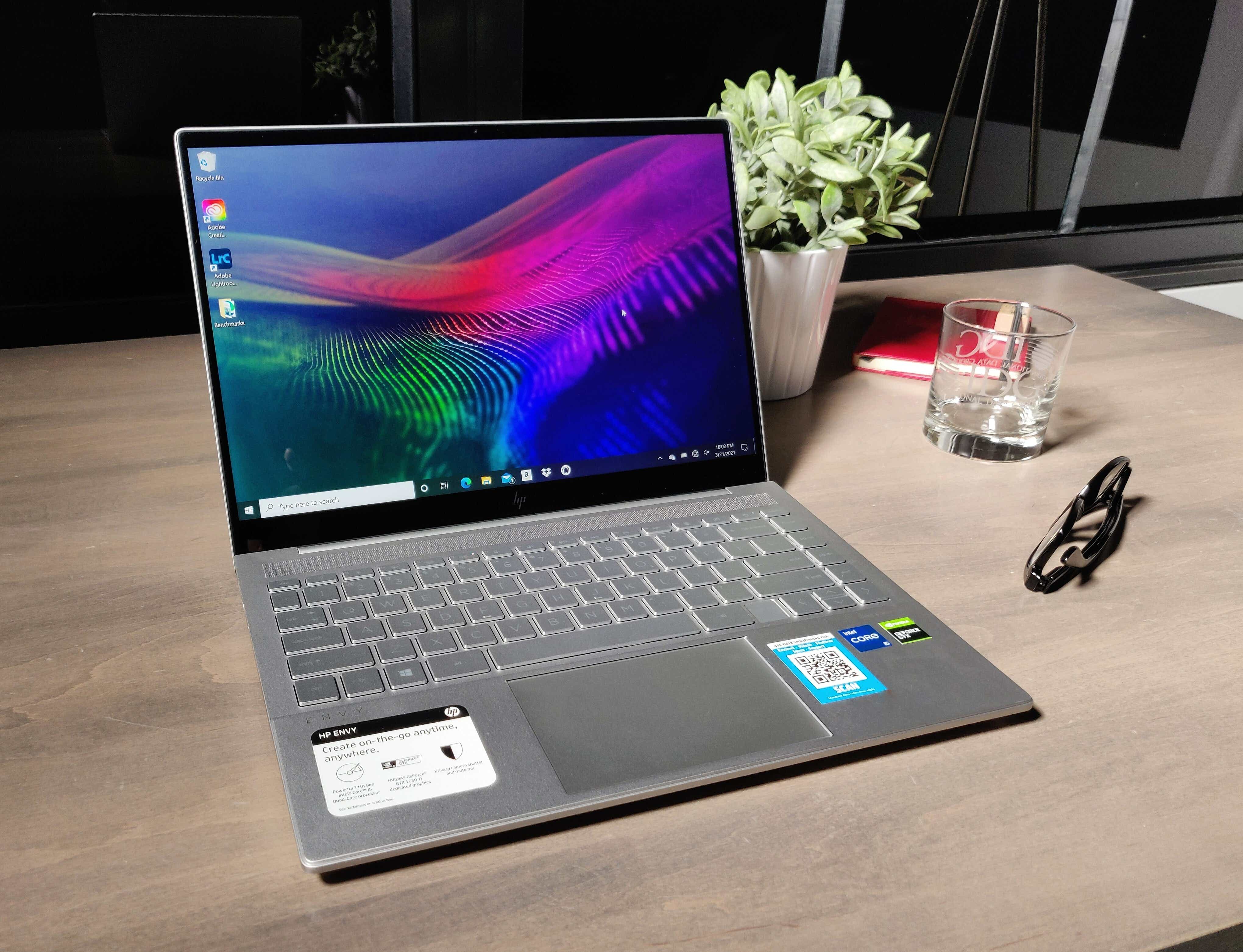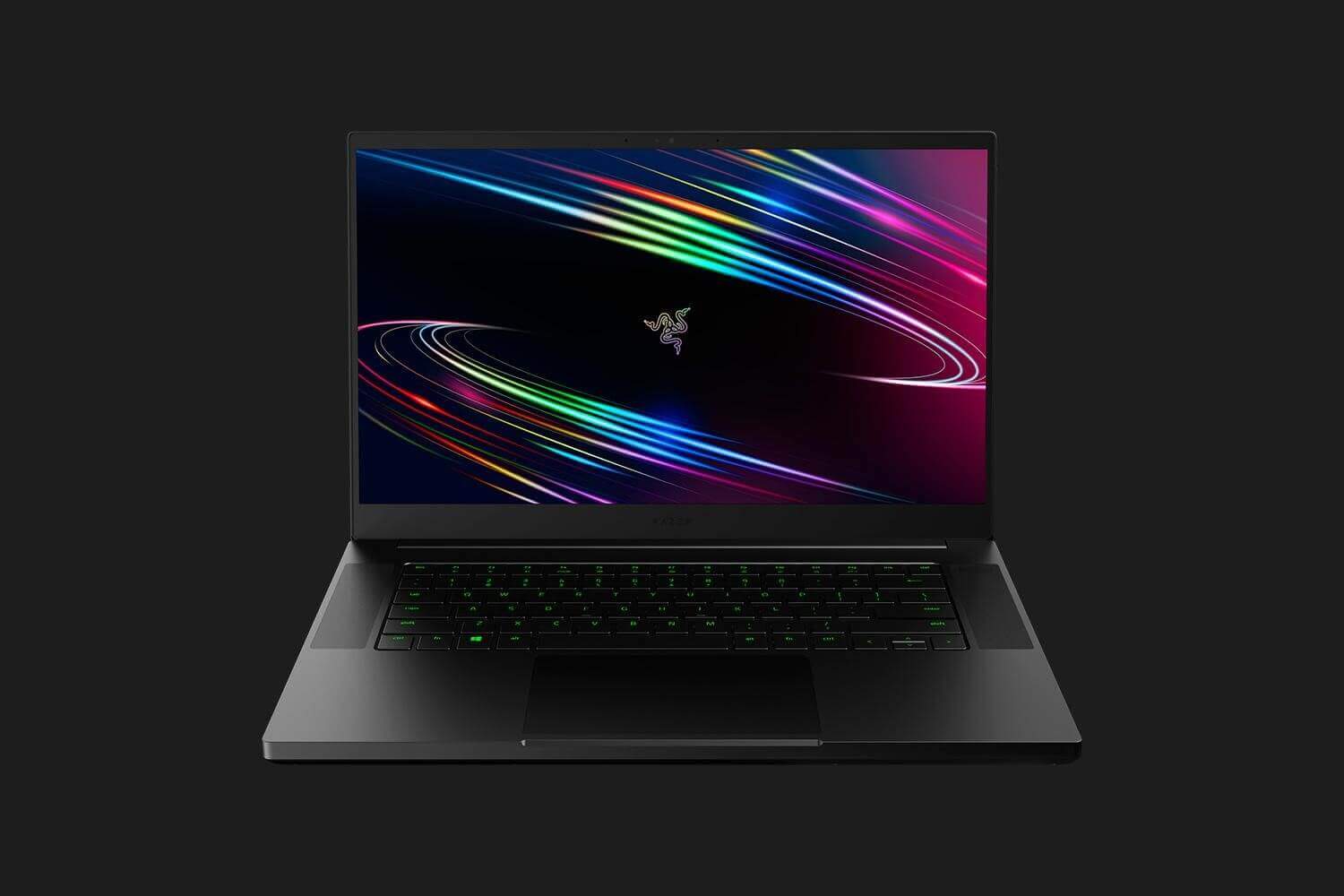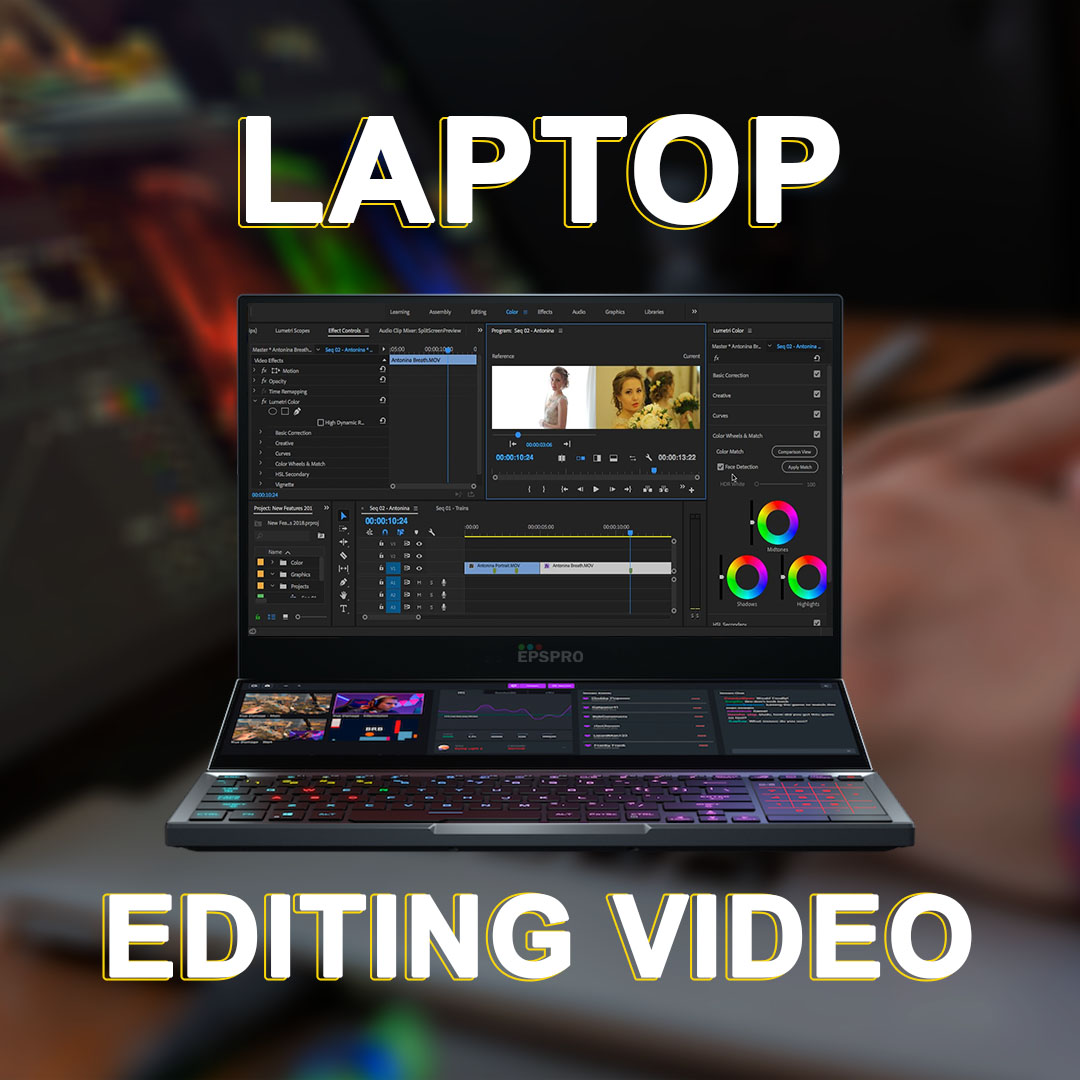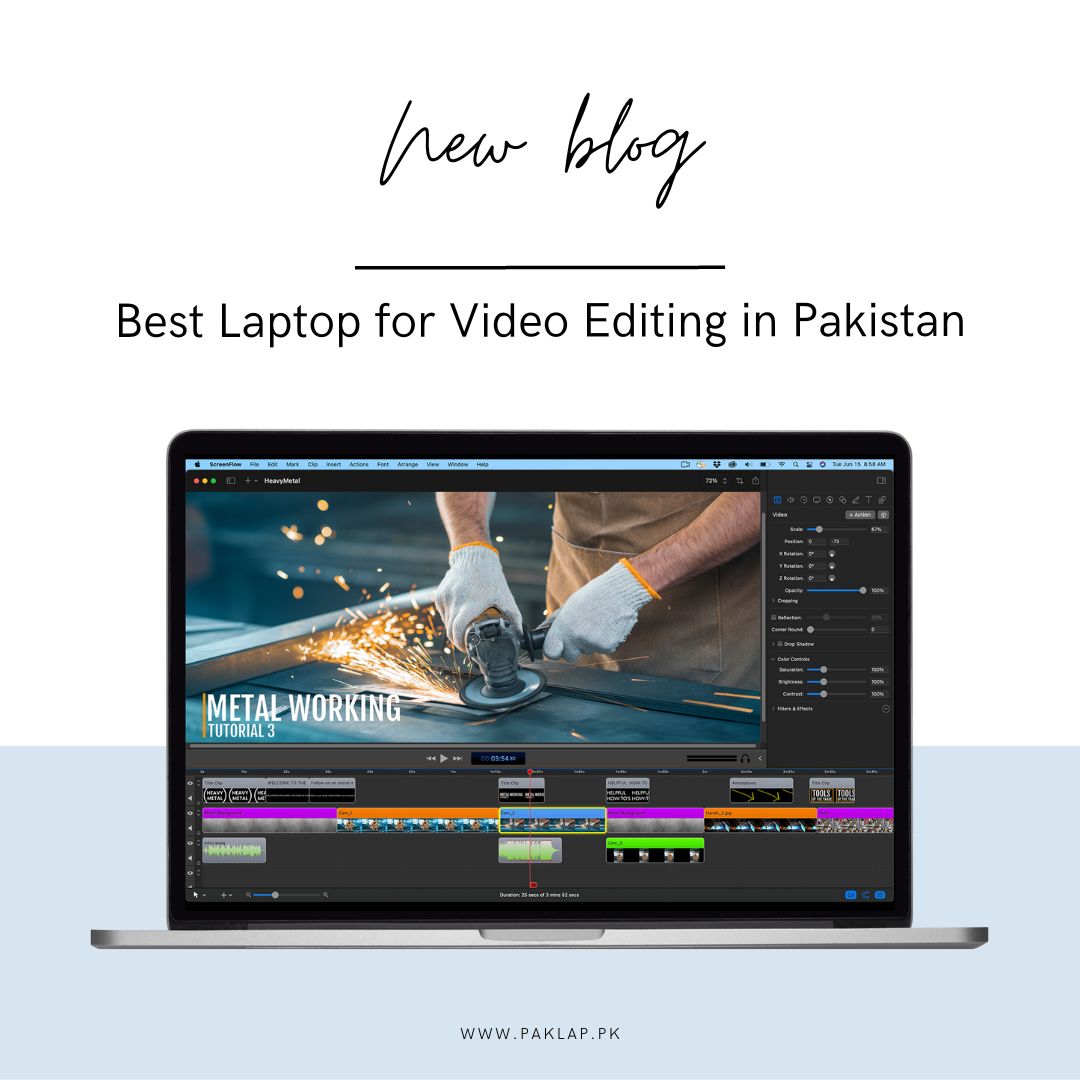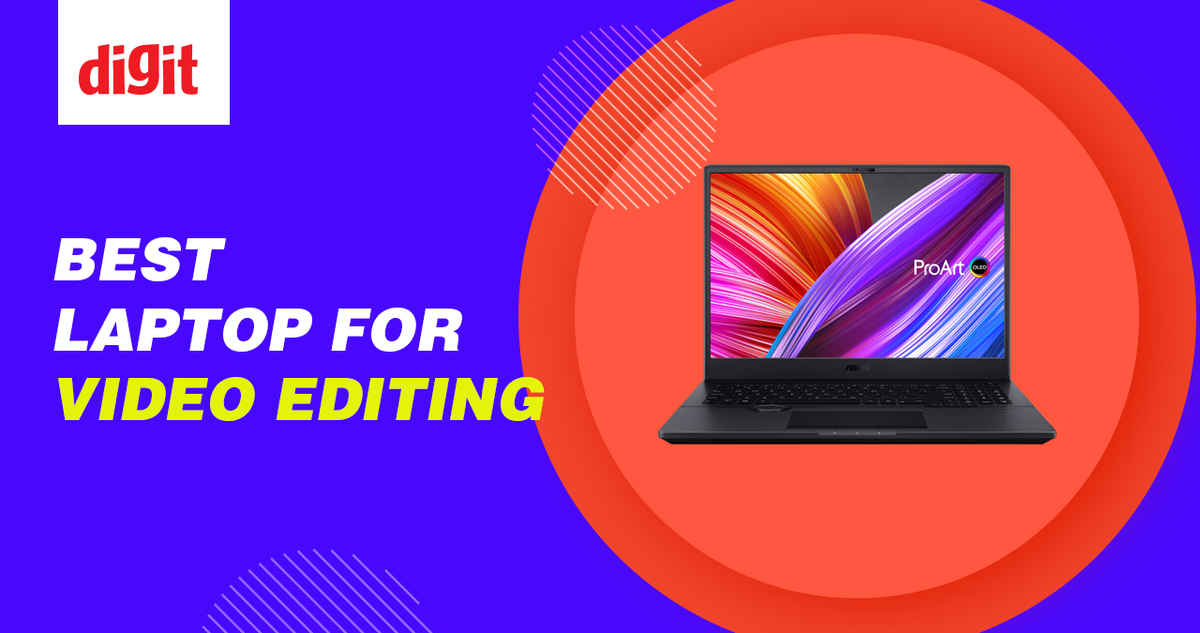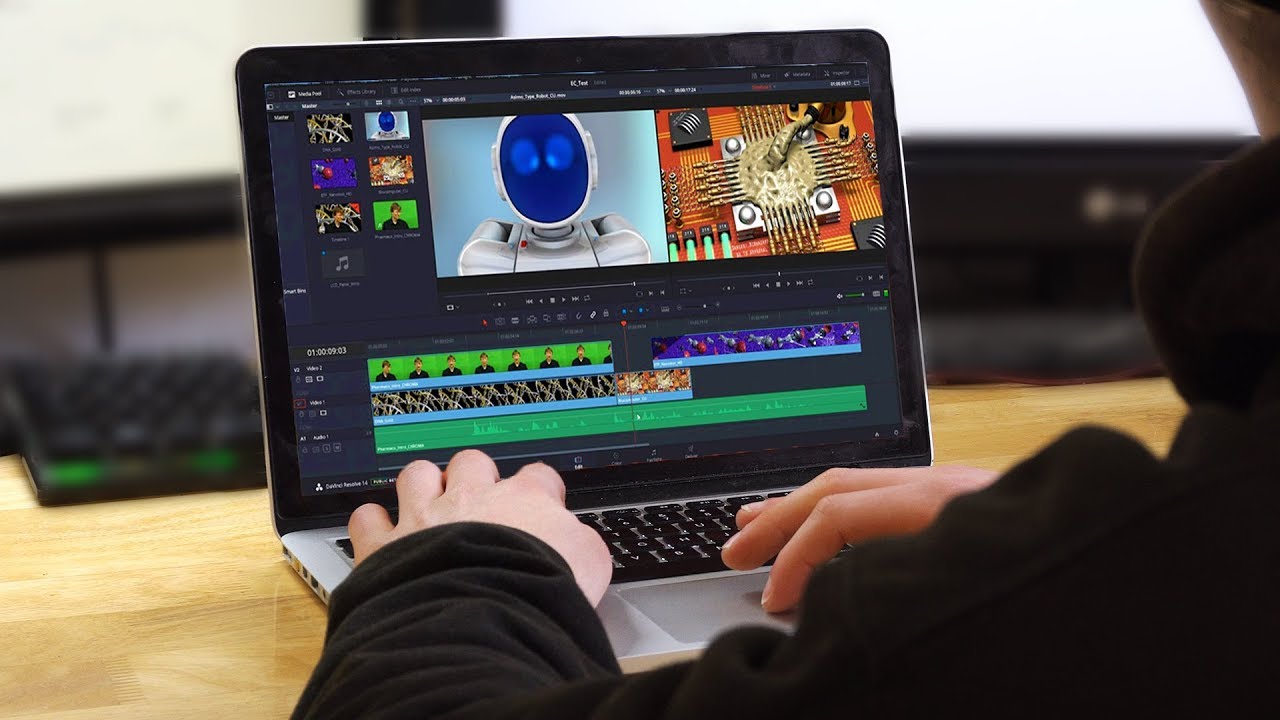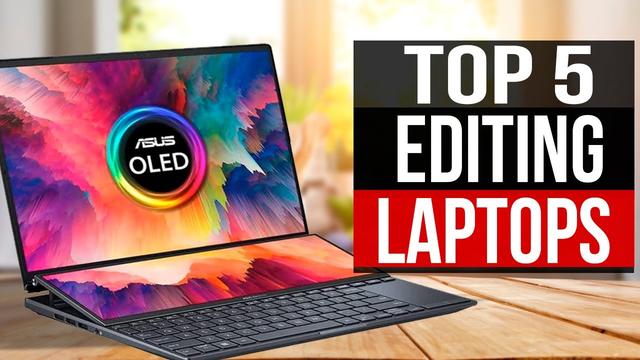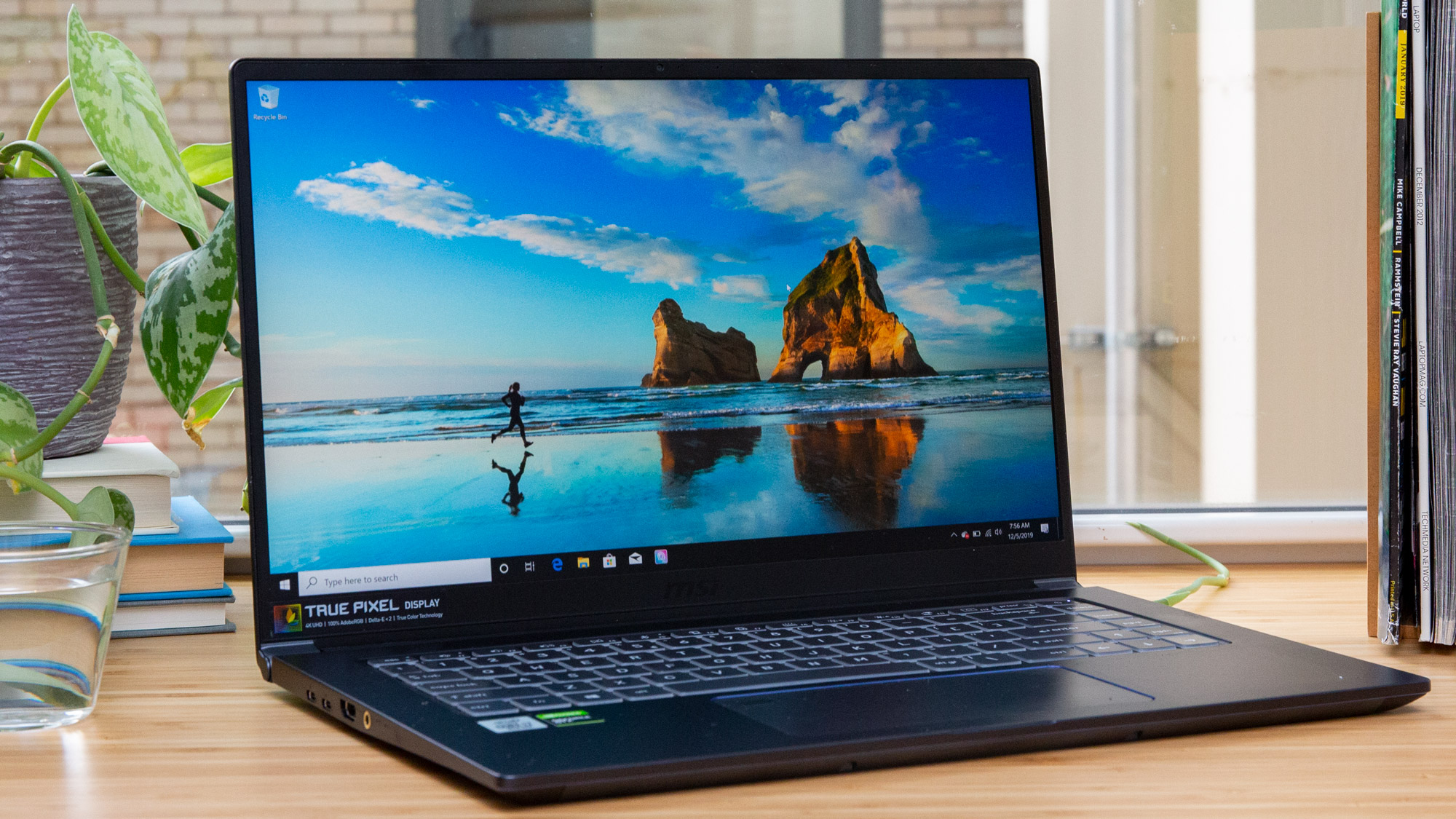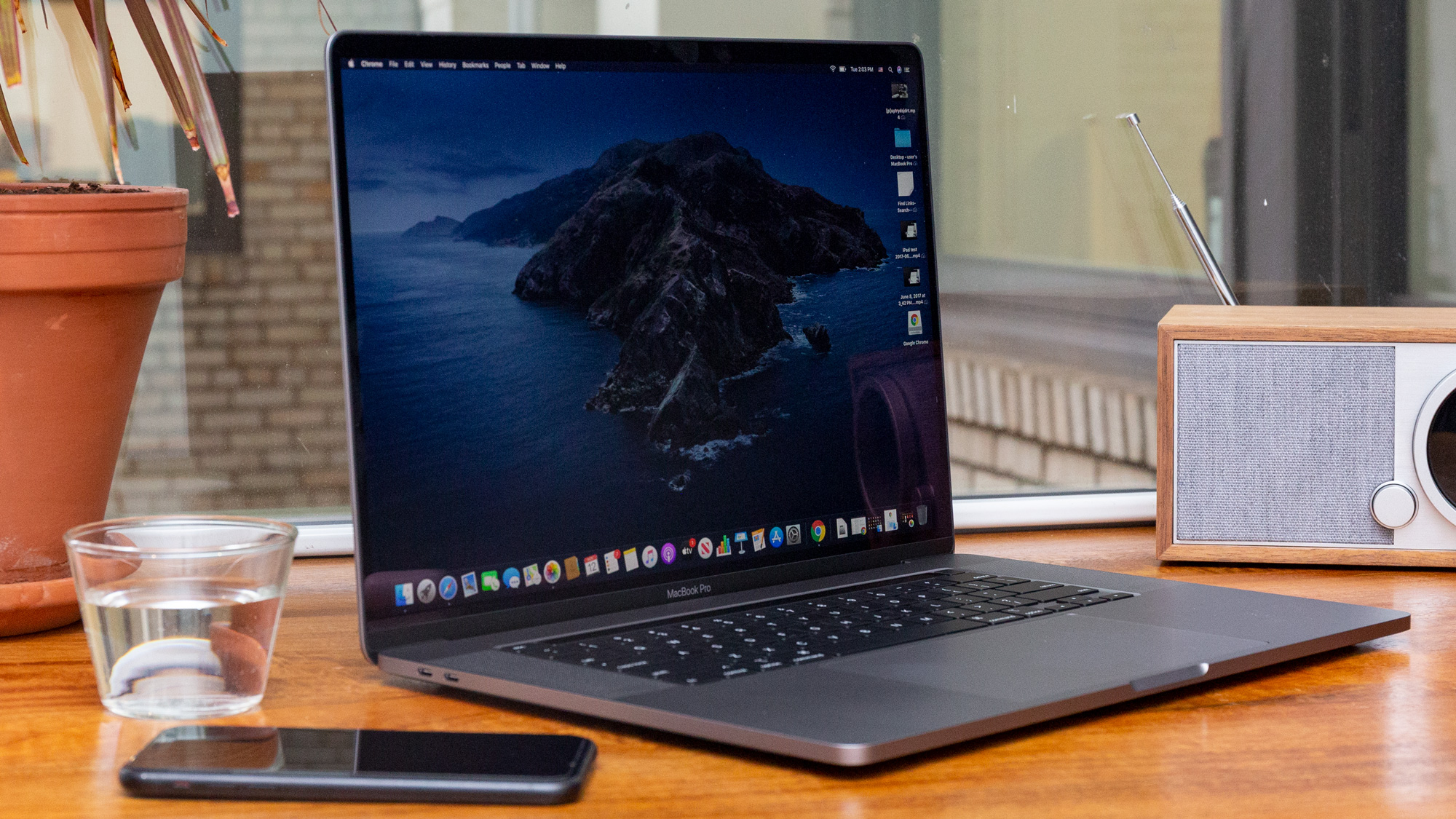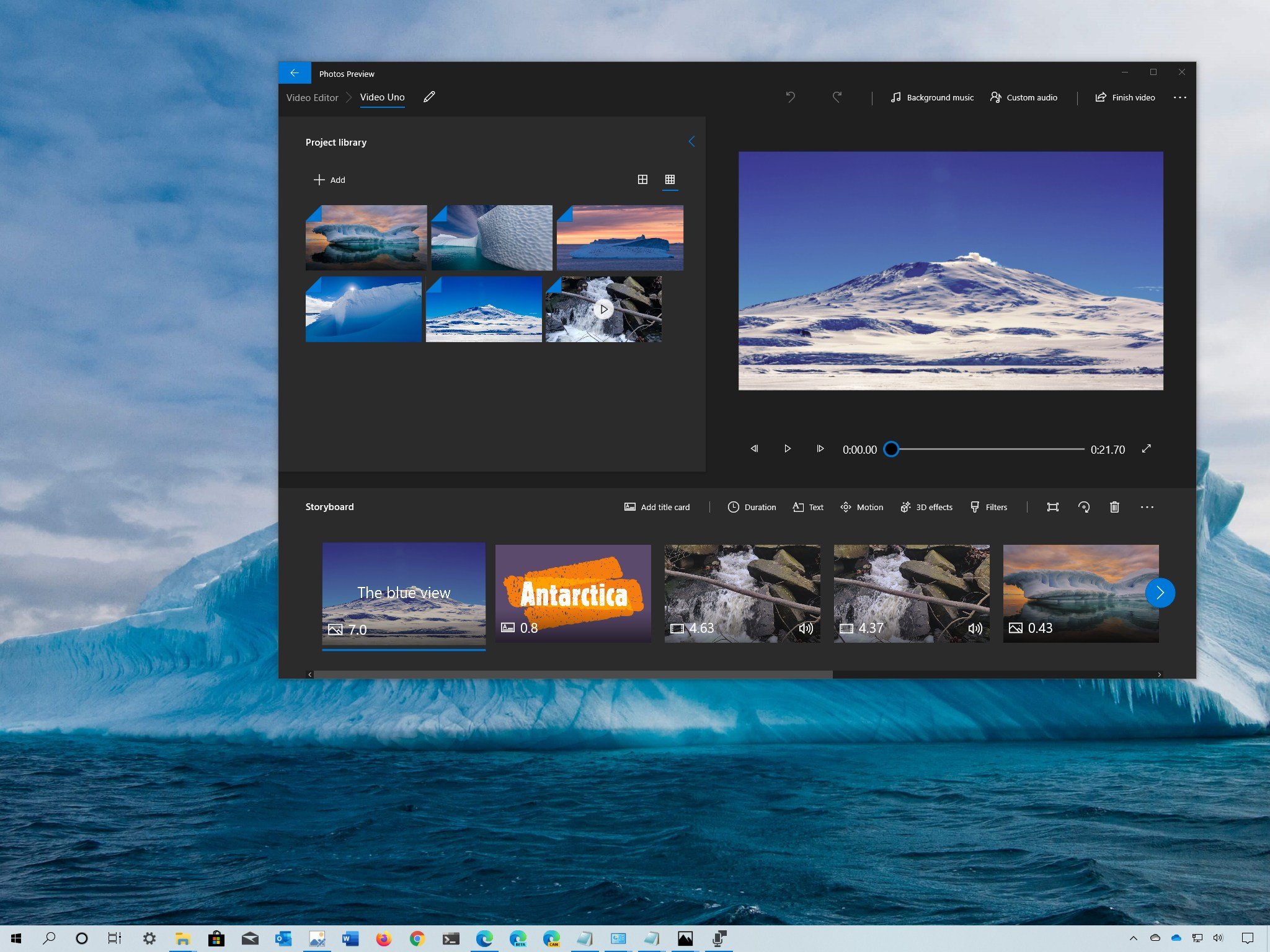Windows Laptop For Editing

For value-conscious video editors, photographers, and graphic designers, a capable laptop isn't a luxury – it's the cornerstone of their workflow. Sacrificing performance isn't an option, but neither is breaking the bank. This review examines the best Windows laptops that balance power and affordability, empowering you to create without compromise.
Why a Windows Laptop Matters for Editing
Windows offers a vast ecosystem of professional editing software, compatibility with a wide range of peripherals, and often, more configurable hardware options than other platforms. The versatility of Windows laptops makes them ideal for diverse creative workflows. They are crucial for efficient and portable editing.
Shortlist: Best Windows Laptops for Editing on a Budget
Entry-Level Excellence (Under $800)
Acer Aspire 5: A solid all-arounder with decent performance for basic photo and video editing. Good battery life and a comfortable keyboard.
Lenovo IdeaPad Flex 5: A 2-in-1 option offering touch screen functionality and flexibility for creative tasks. Integrated graphics limits some heavy-duty tasks.
Mid-Range Powerhouses ($800 - $1200)
HP Envy x360: Combines a sleek design with strong performance, especially with AMD Ryzen processors. The 2-in-1 design adds versatility.
ASUS Vivobook Pro 15: Excellent value for money, featuring a dedicated NVIDIA GeForce RTX graphics card for smoother video editing. A vibrant display and comfortable keyboard.
Performance Champions ($1200+)
Lenovo Legion 5 Pro: A gaming laptop that doubles as a powerful editing machine, boasting a high-refresh-rate display and robust cooling. Delivers impressive performance for demanding tasks.
Dell XPS 15: Renowned for its premium build quality, stunning display, and powerful Intel processors. A favorite among professionals for its reliability and performance.
Detailed Reviews
Acer Aspire 5
The Acer Aspire 5 offers a balanced approach, prioritizing affordability and practicality. Its AMD Ryzen processor provides sufficient power for light to moderate editing tasks. The integrated graphics are a limitation for heavy workloads, however the Aspire 5 remains a great choice.
Lenovo IdeaPad Flex 5
This 2-in-1 laptop excels in versatility, allowing users to switch between laptop and tablet modes. The touch screen is beneficial for creative tasks like drawing and photo retouching. Its integrated graphics limit its capabilities for demanding video editing projects, however.
HP Envy x360
The HP Envy x360 distinguishes itself with its stylish design and powerful AMD Ryzen processors. The 2-in-1 functionality makes it ideal for both productivity and creative work. The display is bright and color-accurate, crucial for visual editing tasks.
ASUS Vivobook Pro 15
The ASUS Vivobook Pro 15 is a standout for its dedicated NVIDIA GeForce RTX graphics card, offering significantly improved performance for video editing. The display is sharp and vibrant, enhancing the editing experience. It offers an excellent balance of price and performance.
Lenovo Legion 5 Pro
The Lenovo Legion 5 Pro is designed for gaming, but its powerful hardware translates seamlessly to demanding editing tasks. The high-refresh-rate display ensures smooth playback and editing. Its robust cooling system prevents thermal throttling during extended use.
Dell XPS 15
The Dell XPS 15 is a premium laptop known for its exceptional build quality and stunning display. Its powerful Intel processors provide ample processing power for demanding editing software. It is a favorite among professionals who need reliable performance and portability.
Side-by-Side Specs and Performance
| Laptop | Processor | Graphics | RAM | Storage | Display | Cinebench R23 (Multi-Core) | Geekbench 5 (Single-Core) |
|---|---|---|---|---|---|---|---|
| Acer Aspire 5 | AMD Ryzen 5 | Integrated | 8GB | 256GB SSD | 15.6" FHD | 6000 | 1200 |
| Lenovo IdeaPad Flex 5 | AMD Ryzen 5 | Integrated | 8GB | 256GB SSD | 14" FHD Touch | 5800 | 1150 |
| HP Envy x360 | AMD Ryzen 7 | Integrated | 16GB | 512GB SSD | 15.6" FHD Touch | 8500 | 1400 |
| ASUS Vivobook Pro 15 | Intel Core i5 | NVIDIA RTX 3050 | 16GB | 512GB SSD | 15.6" FHD | 7500 | 1300 |
| Lenovo Legion 5 Pro | AMD Ryzen 7 | NVIDIA RTX 3070 | 16GB | 1TB SSD | 16" QHD 165Hz | 12000 | 1500 |
| Dell XPS 15 | Intel Core i7 | NVIDIA RTX 3050 Ti | 16GB | 512GB SSD | 15.6" FHD+ | 9500 | 1450 |
Practical Considerations
Display Quality: Color accuracy (measured by Delta E) and brightness are crucial for accurate editing. Look for laptops with displays that cover at least 100% of the sRGB color gamut.
Processor: A powerful processor ensures smooth performance when working with large files and complex editing tasks. AMD Ryzen and Intel Core i5 or i7 processors are recommended.
Graphics Card: A dedicated graphics card (GPU) significantly accelerates video editing and rendering. NVIDIA GeForce RTX cards are highly recommended for video editing tasks.
RAM: 16GB of RAM is the minimum recommended for comfortable editing. 32GB is preferred for more demanding projects.
Storage: A fast SSD (Solid State Drive) is essential for quick loading times and smooth editing. Opt for at least 512GB of storage, or 1TB if possible.
Portability and Battery Life: Consider the laptop's weight and battery life if you need to edit on the go.
Key Takeaways
Choosing the right laptop depends on your specific needs and budget. Entry-level options are sufficient for basic editing, while mid-range and high-end laptops offer significantly better performance for demanding tasks. Prioritize display quality, processor power, graphics card, RAM, and storage based on your workflow.
Remember to balance performance with portability and battery life if you need to edit on the move. Before making a decision, consider all the factors to choose the best Windows laptop for your editing needs.
Ready to Choose Your Editing Powerhouse?
Explore the laptops discussed and compare their specifications to your unique needs. Visit the manufacturer's website or your local electronics store to find the best deal for your budget. Invest in your creativity and unlock your full potential with the right Windows laptop.
Frequently Asked Questions (FAQ)
Q: What is the minimum RAM I need for video editing?
A: 16GB of RAM is the minimum recommended, but 32GB is ideal for smoother performance with larger projects.
Q: Is a dedicated graphics card necessary for photo editing?
A: While not strictly necessary for basic photo editing, a dedicated graphics card can significantly improve performance, especially with resource-intensive tasks like applying filters and working with large files.
Q: Can I upgrade the RAM or storage on these laptops?
A: Some laptops allow for RAM and storage upgrades, while others do not. Check the manufacturer's specifications before purchasing if this is a priority for you.
Q: What is the best screen resolution for editing?
A: A Full HD (1920x1080) display is sufficient for most editing tasks, but a QHD (2560x1440) or 4K (3840x2160) display provides more screen real estate and sharper visuals.
Q: Which processor is better for editing, Intel or AMD?
A: Both Intel and AMD offer excellent processors for editing. AMD Ryzen processors often provide better multi-core performance at a given price point, while Intel Core processors may offer slightly better single-core performance.



